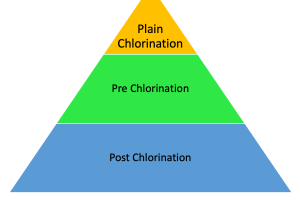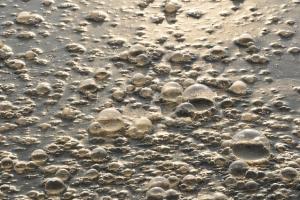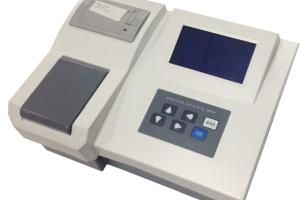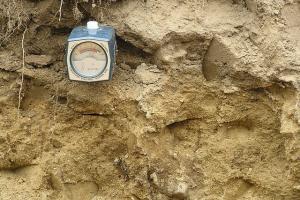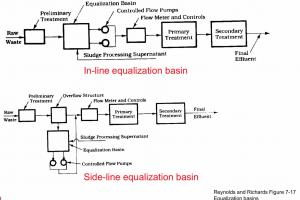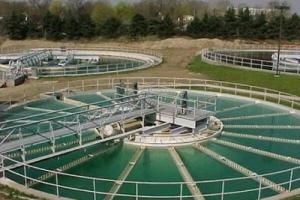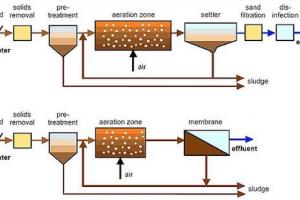Turbidity of Water sample Using Nephelometric Method
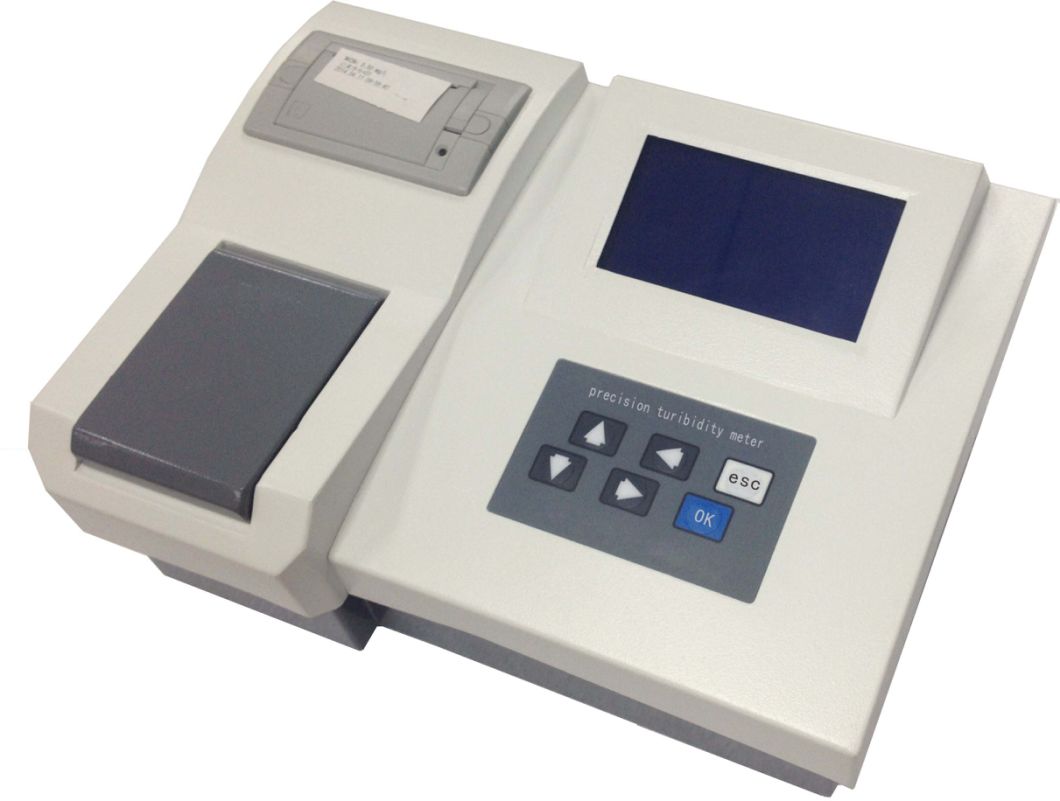
Theory of Water Turbidity Test:
Water is said to be turbid when it is seen containing materials of suspension inside it. While turbidity may be defined as the measure of visible material in suspension in water, turbidity may be caused by algae or other organisms. It is generally caused by silt or clay. The amount and character of turbidity depend upon two things:
- Type of soil over which flows
- The velocity of flowing water
When water becomes stationary, the heavier and larger suspended particles settle down quickly and the lighter and finely divided particles settle very slowly and even take months.
Groundwater is less turbid because of the low velocity of the water. turbidity may help control the growth of pathogens by not allowing proper sunlight to water which is necessary for their growth on the other hand it is harmful as the organisms are handling the suspended particles. When water becomes stationary, the heavier and larger suspended particles settle down quickly and the lighter and finely divided particles settle very slowly and even take months. Groundwater is less turbid because of the low velocity of the water. Turbidity may help control the growth of pathogens by not allowing proper sunlight to water which is necessary for their growth on the other hand it is harmful as the organisms are handling to the suspended particles.
There are various units for the measurement of turbidity which are:
- Standard turbidity unit[mg/lit or ppm]
- Jackson turbidity unit [J.T.U]
- Nephelometric turbidity unit [N.T.U]
A device called nephelometric turbidity measures the turbidity of water in N.T.U the intensity of light after passing through the water gives a measure of turbidity of water.
WHO guideline value:
WHO suggested a guideline value for turbidity as [N.T.U]for disinfection the turbidity of water should be less than 1 N.T.U.
Apparatus:
W.H.O Nephelometric turbidity meter formazine solution of the sample by multiplying the scale reading by 0.9 N.T.U, 9 N.T.U, 99 N.T.U, test tubes, and water samples.
Procedure of Turbidity Test:
-
Prepare the Sample: Collect a representative water sample that needs to be tested for turbidity. Ensure the sample is properly stored and handled to maintain its integrity.
-
Calibrate the Nephelometer: Calibrate the Nephelometer according to the manufacturer's instructions. This step is necessary to ensure accurate and consistent measurements. Use a calibration standard of known turbidity, typically a formazin or polymer-based standard solution.
-
Set up the Nephelometer: Set up the nephelometer by connecting any required cables or probes. Ensure that the instrument is clean and free from any debris or residue.
-
Insert the Sample: Fill a clean, transparent cuvette or sample cell with the water sample to be tested. Ensure that the cuvette is free from any scratches or impurities that may affect the measurements.
-
Insert the Cuvette into the Nephelometer: Place the filled cuvette into the nephelometer's sample holder or cell compartment. Ensure it is properly aligned and secure.
-
Take the Measurement: Initiate the measurement on the nephelometer. The instrument emits a light beam into the sample, and the scattered light is detected by a sensor. The intensity of the scattered light is proportional to the turbidity of the water sample.
-
Record the Results: The nephelometer displays the turbidity measurement in appropriate units, typically nephelometric turbidity units (NTU). Record the measurement value accurately.
-
Repeat if Necessary: If required, repeat the measurement with multiple samples or at different locations to obtain representative and reliable data.
-
Clean and Maintain the Nephelometer: After completing the measurements, clean the cuvette and any other components used. Follow the manufacturer's instructions for proper cleaning and maintenance of the nephelometer to ensure its longevity and accurate performance.
-
Interpret and Analyze the Results: Analyze the turbidity measurement results based on your specific requirements or standards. Compare the measured turbidity values to any relevant guidelines or regulations to assess the water quality.




